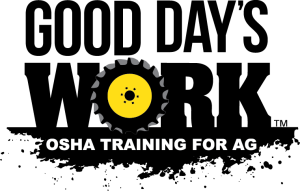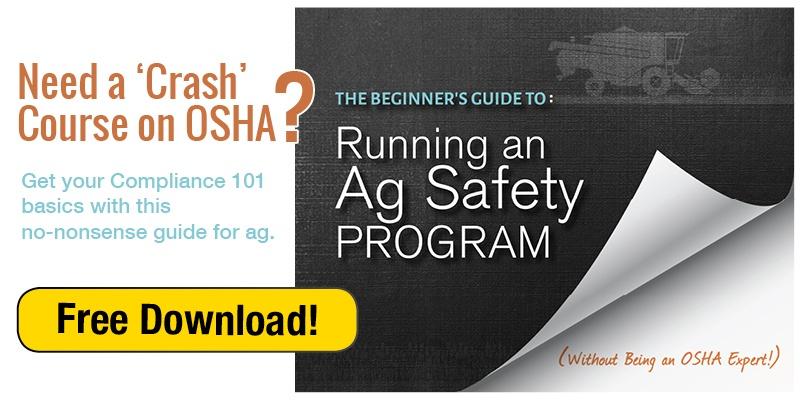The machines that most people immediately visualize when they think of agriculture are the large ones – tractors, combines, harvesters, and so on. But many of our tools are handheld. A prime example is the chainsaw. Many farmers sharpen their chains to clear fence rows in the early spring when fields are often too wet for heavy equipment.
7 Tips for Safe Chainsaw Operation

- Be sure to wear the proper personal protective equipment, including hardhats, gloves, chainsaw protective chaps and safety glasses.
- Take note of your overhead hazards (branches, power lines, other trees) as you work.
- Ensure the chainsaw is running at full throttle before starting your cut.
- Maintain proper balance while cutting. If necessary, shift your position rather than overextending your reach.
- Be careful of kickback. This means avoiding contact with other objects, like rocks, other limbs and debris, and being cautious to keep the nose of the blade clear.
- Keep the chain sharp and test the chain brake frequently.
- Avoid going out alone, in case something does go wrong.
Because chainsaws have fast-moving parts, their operation requires constant attention and focus. Only employees properly trained in their use should operate a chainsaw. Put safety first.



